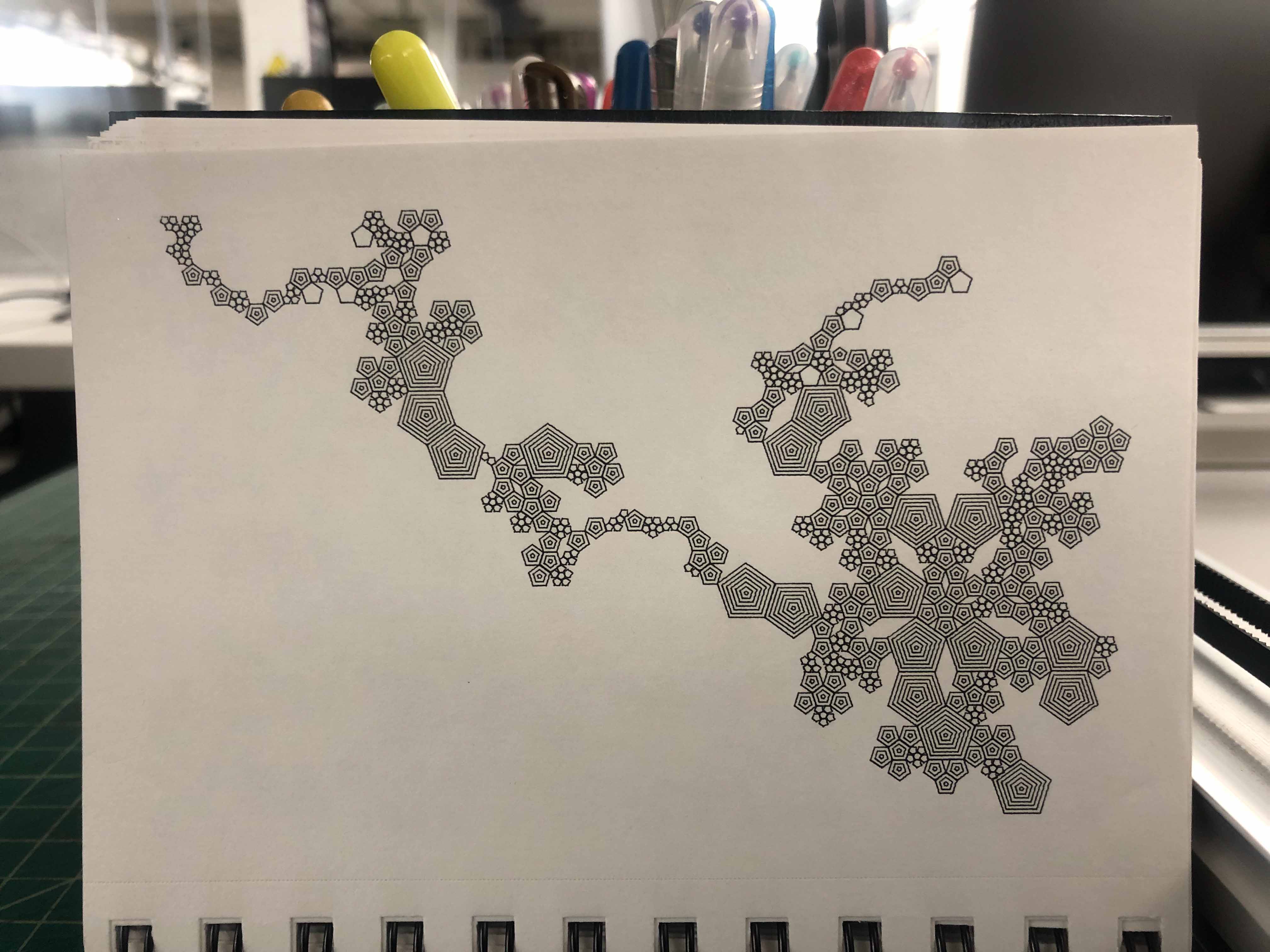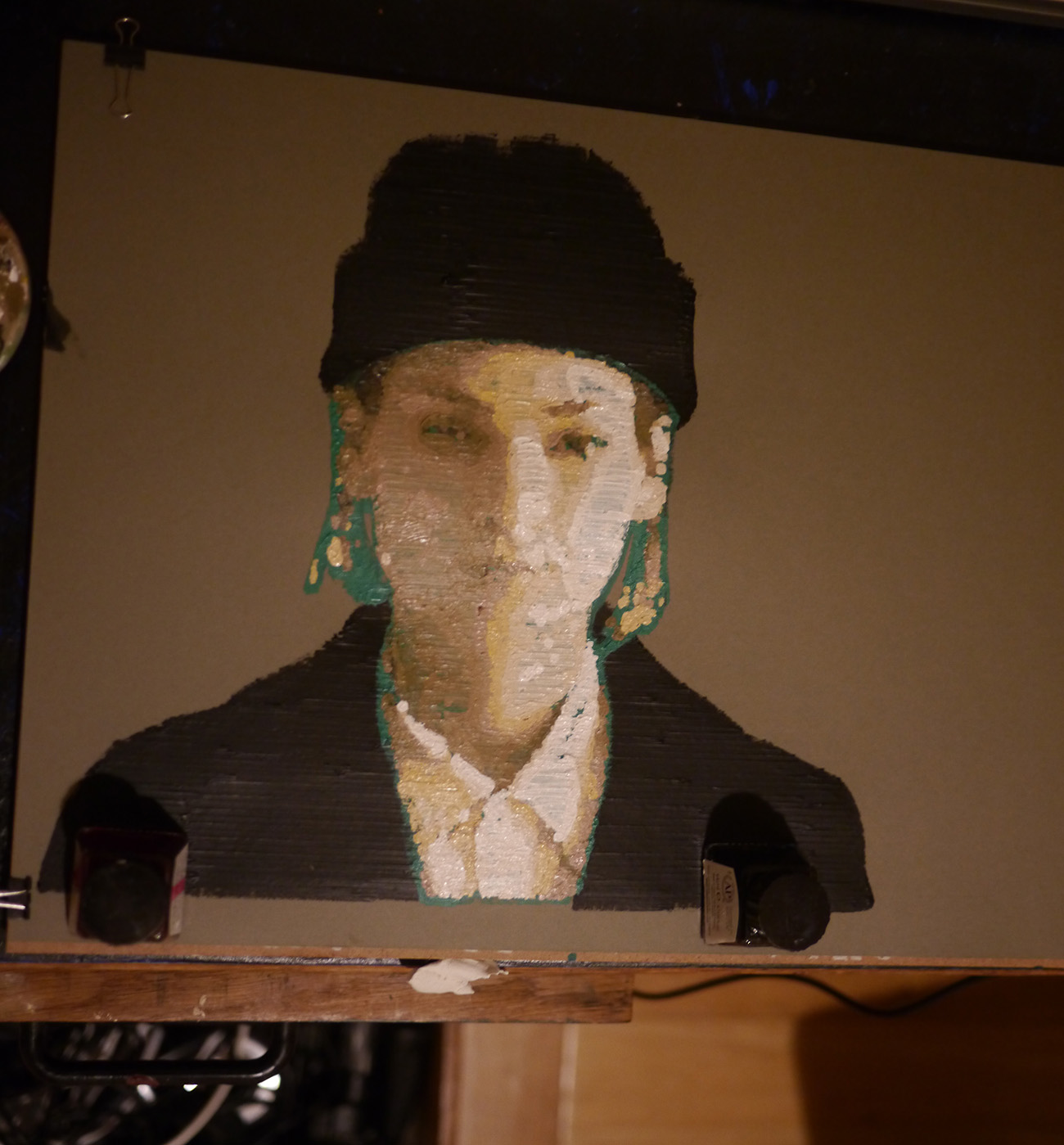Not long ago, I posted about roasting coffee. As a follow up, I’d like to share about the various coffee tools we use. I talked about some of these tools when I was a guest on Kevin Kelly’s Cool Tools podcast. We’ve learned about some of them from other Cool Tools posts and a variety of other sources, including Sweet Maria’s. I’ve included links for items I have sources for, but some items are relatively generic or from brick and mortar shops. I’ve sorted them into Roasting, Espresso, Home, and Travel sections below.
Note that these are not necessarily recommendations for everyone: they are what work for us. We have a pretty committed relationship with our coffee, and we understand that each coffee lover will have their own preferences and methods. Just because we do it one way doesn’t mean that we think the way you are doing it is wrong. Feel free to share your favorite tools in the comments!
—Roasting—

The Behmor 1600 roaster: this model is no longer in production, but continues to work well for us. You can get the newer version from Sweet Maria’s.
Wooden handled natural bristle pastry/basting brush: this is basically just a broom. After blowing the chaff out of the roaster, I sweep the interior walls and the surfaces of the chaff tray to remove remaining dust. You can get these from any cooking store or restaurant supply.
Quart sized plastic canisters: these are from Smart & Final, but could be obtained at any restaurant supply store. I use them for weighing green beans and storing roasted beans. They seal well and you can see what’s inside. I have two to make it easy to roast a new batch when I still have some in the previous canister.
Five gallon food service bucket: again from a restaurant supply shop. It holds about 25 pounds of green coffee beans, which is much more manageable than the 50 pound bag our coffee arrives in. The rest of the 50 pound bag gets sealed up and stored until the bucket is ready to be refilled. It seals well and has a nice handle for ease of moving it around.
Stool: lifts the roaster far enough off of the ground to make cleanup easy after roasting finishes, and I don’t have to bend over as far to pick up the roaster to carry it back inside when I’m done roasting.
—Espresso—

Quick Mill Silvano Espresso Machine: PID control, separate steam and coffee boiler, beautiful stainless exterior, generously deep drip tray. It has a lot of excellent features for the price. Fits four full-sized mugs on top for warming. Switching from a low end home espresso machine to this was like switching from a point and shoot camera to a DSLR.
Rancilio Rocky Doserless Burr Grinder: one of the most important tools for espresso is the grinder. If you don’t get an even grind, it will be nearly impossible to make good espresso. Available from Sweet Maria’s and Chris’ Coffee.
Small cup and measuring spoon: the Rocky grinder is known for dispensing clumpy grounds. To combat this we grind into a cup and then scoop it out into the portafilter basket, which lets us break up the clumps.
Stainless portafilter: most portafilters are made of chrome plated brass and the plating can wear down over time. Stainless portafilters are easy to clean and you never run the risk of exposing your espresso to the lead in the brass. The handle of ours is tilted downward slightly, which means the basket is conveniently nearly level when the portafilter is resting on the spouts and handle.
Coffee distributor/leveler: we saw an OCD branded one of these in use at our favorite coffee shop and wanted one immediately. It evenly spreads the grounds across the top of your basket when you spin it. Such a beautiful design. The OCD price tag was a bit steep, so we went off-brand and got one that was much less expensive and is still very effective.

Tamper: ours has a nice handle and good heft.
Tamping mat: we have a very small counter for our setup, so this one works really well. It props up the portafilter while you fill it, gives you a solid surface for tapping to settle the grounds as well as for tamping.
Bottomless portafilter: a bottomless portafilter is useful for learning better espresso technique, but can make a ridiculous mess if your grounds aren’t perfectly distributed or tamped. I got one and used it consistently for a while, but now use the stainless portafilter all the time. I keep my backflushing basket in my bottomless portafilter so that it is easy to do my routine cleaning and backflushing of the espresso machine. The bottomless has a lower profile than ones with spouts and fits neatly in the utensils drawer below the espresso machine.
Steaming pitcher: we have a medium sized steaming pitcher. It works well for us since we don’t have much counter space and because we are usually only making coffee for one or two people.
Dishrags: I keep a stack of dishrags handy for wiping down the steam wand.
Cafelat knockbox: this one is easy to clean, sturdy and doesn’t slide around. It’s also easy to empty.
—Home—
Bodum French press: we drink cappuccinos during the week, but on the weekend, we use a French press for coffee at home. It’s reliable, low cost, and makes really good coffee.
Glass stirring rod: rather than use a metal spoon which might scratch the glass of the French press, or a wooden spoon, which can be unpleasant to clean, we use a glass stirrer. We have some candy striped ones from the post-holiday sale section of Williams-Sonoma, and we have some intended for chemistry lab use that aren’t as decorative but are just as useful. In addition to an initial stir, it’s helpful to fluidize the grounds before you press the coffee.
Capresso grinder: French press coffee isn’t as demanding on the grinder as espresso is. The Capresso is a much lower cost (and lighter weight) burr grinder, and it works fine for this job. Coffee grounds sometimes get caught behind the drawer, which gradually works its way out from the vibration of the grinder. So long as you clean it out regularly, it doesn’t cause a problem.
Electric kettle: you can get very fancy ones with different heat settings for that precise just below boiling temperature that is perfect for French press. Or you can get a simple one like ours.
—Travel—
Aeropress: we don’t often travel where there isn’t coffee, but for things like camping, we still need coffee. The aeropress can be tedious for making more than one cup, but the cleanup is easy, and other than a way to heat water, you don’t need anything else. If we know we’ll have electricity, we’ll bring along our electric kettle.
Plastic bags: A zipper bag is convenient for storing the filter rounds so they don’t get wet. I also bring along an extra zipper bag for ejecting the Aeropress puck into after brewing, especially if we’re camping and there aren’t nearby trash facilities.
Vacuum sealer: I pre-grind, measure and vacuum seal our coffee grounds when we travel. This keeps the grounds fresh, tidy, and compact for packing, as well as convenient for brewing.
Travel mugs: We have some Aladdin brand stainless steel vacuum insulated mugs that we’ve had for approximately forever. The plastic lid screws into the metal mug firmly and prevents spills. They keep warm for a very long time. They have a wide enough top to hold the Aeropress. They are also narrow enough to fit into almost any cup holder, including the ones in our Prius that are inline rather than side by side. A bonus is that one has a pattern of raised bumps and the other has gently recessed striped swirl pattern so even if you are driving and don’t want to look down, you can tell that you’re picking up the correct mug.



















































